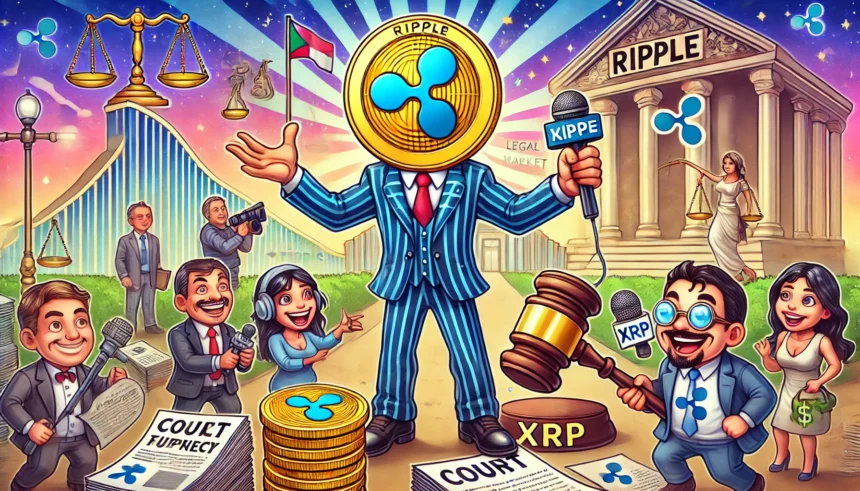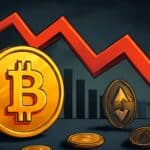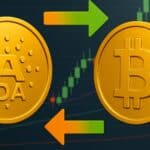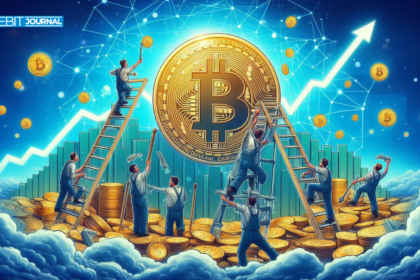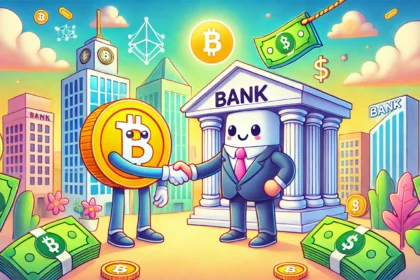In recent weeks, the native cryptocurrency of Ripple (XRP), has experienced a remarkable rise, skyrocketing from $0.51 to an unprecedented $3.02. This surge has not only positioned XRP as the third-largest cryptocurrency by market capitalization but has also sparked a flurry of speculative narratives within the crypto community.
Ripple’s Legal Chief Sets the Record Straight
Amidst the euphoria, certain allegations have emerged claiming that former President Donald Trump criticized Ripple for allegedly financially backing Kamala Harris’s campaign. Ripple’s Chief Legal Officer, Stuart Alderoty, has firmly rebutted these claims. Taking to social media, Alderoty labeled the rumors as “complete fiction,” underscoring their lack of factual foundation. Furthermore, Alderoty asserted that Ripple remains committed to its mission of building an Internet of Value that expands economic opportunity to all.
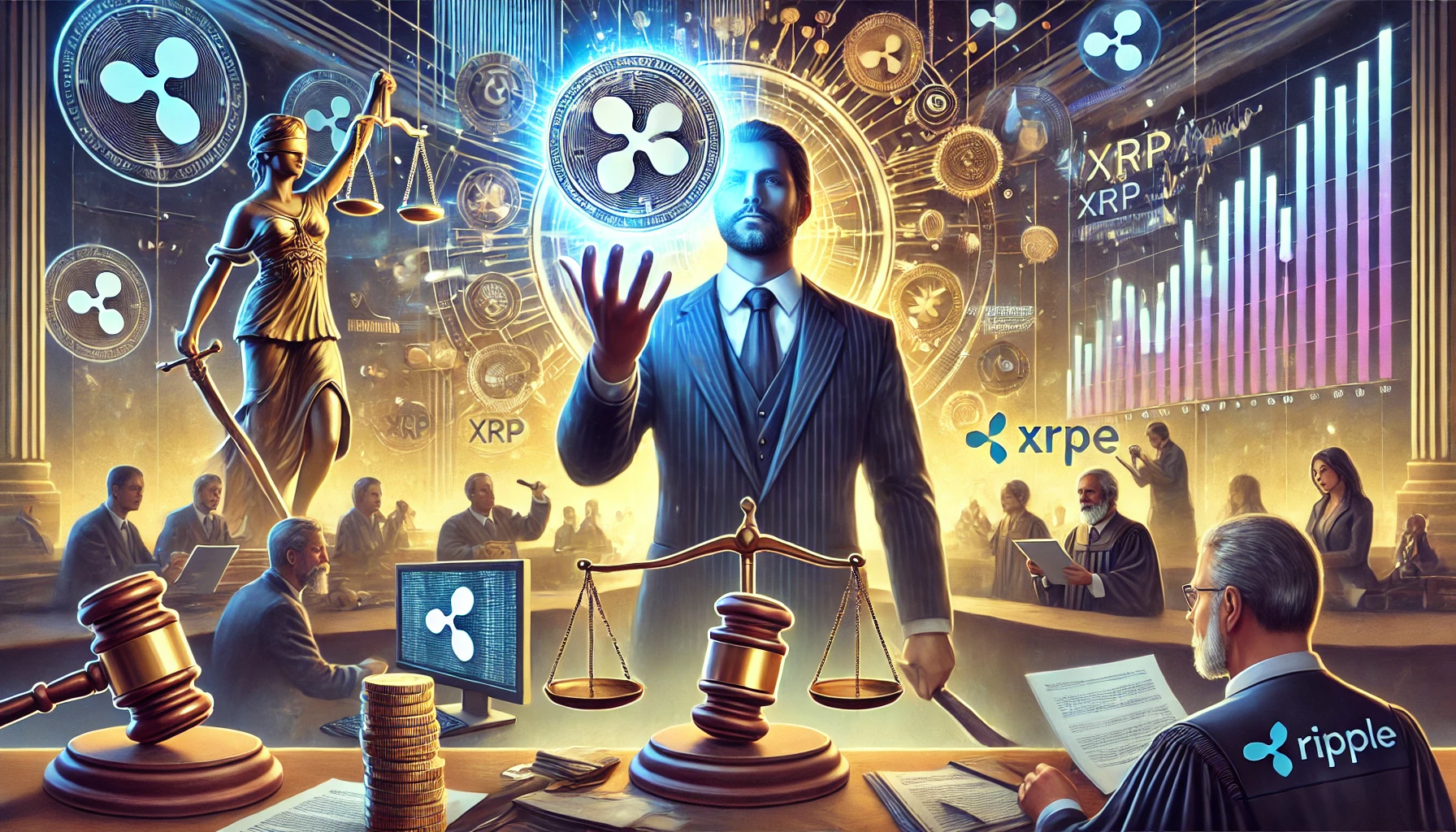
Industry Experts Advocate for Responsible Reporting
Journalistic integrity has come under fire as baseless assertions spread within the crypto community. Renowned lawyer John Deaton challenged the reliability of these accounts, remarking on how easily misinformation can morph into a game of telephone across intermediaries. His insightful comment highlighted the demand for facts over hearsay in news coverage, particularly amid cryptocurrency’s unpredictable fluctuations.
The report lacked journalistic rigor by relying on an indirect source rather than direct confirmation from the conference participants themselves. Deaton’s prudence serves as a reminder that evidence, not speculation, ought to guide responsible financial journalism during periods of uncertainty and change.
XRP’s Legal Battles and Market Dynamics
The backdrop providing context for these latest developments was Ripple’s ongoing legal battle with the U.S. Securities and Exchange Commission. Initiated in 2020, the SEC lawsuit claimed that Ripple conducted unregistered securities offerings by selling XRP. A pivotal moment arrived in July 2023 when a federal judge ruled XRP is not a security when exchanged on digital-asset markets to the general public, though sales to institutions were considered unregistered securities transactions. This nuanced outcome has left the cryptocurrency community eagerly anticipating further clarification and explanation.
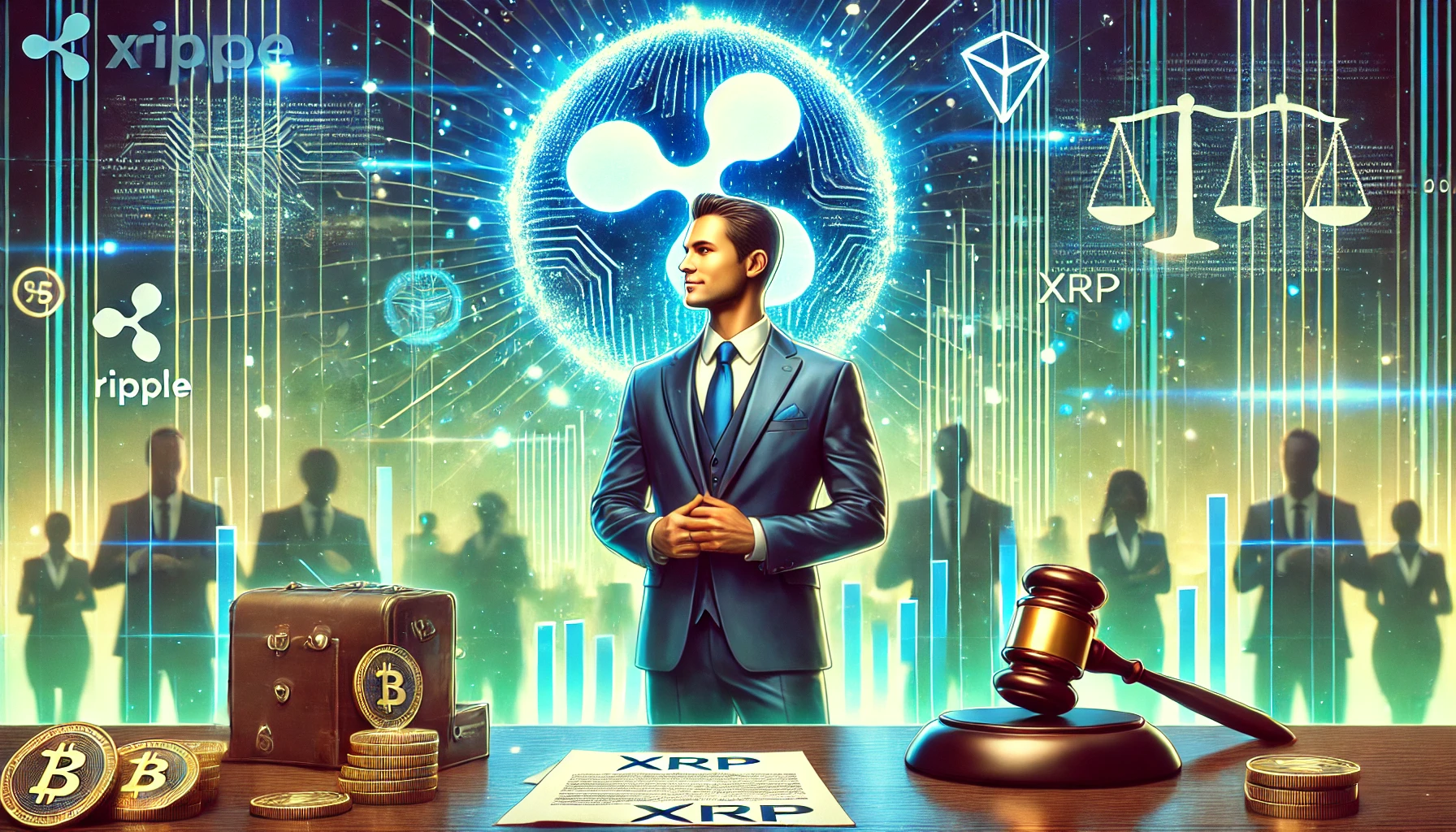
Concurrently, XRP’s price path has been influenced by broader market factors and forces. Optimism regarding a more crypto-friendly regulatory landscape under fresh new leadership spurred investor confidence and sentiment. Moreover, discussions surrounding the potential inclusion of XRP in a U.S. strategic digital asset reserve contributed to zealous speculation, propelling the token’s noteworthy market performance.
Summing UP
While XRP’s value ascends, stakeholders must tread circumspectly amid shifting sands. Rumor spreads swiftly, birthing fallacies that diligent vetting and prudent parlance may quell. Ripple’s charter calls for candor and conformity, their compass, confidence, and creation within domains that are digital and newfangled. Between statement and statute lies nuance – here, navigation wary serves best those who, in technology’s tomorrow, hold a stake.
Stay tuned to The BIT Journal and keep an eye on Crypto’s updates. Follow us on Twitter and LinkedIn, and join our Telegram channel to be instantly informed about breaking news!
FAQs
1. What allegations were made against Ripple?
False rumors suggested that Ripple had financially backed Kamala Harris in her presidential bid, leading former President Donald Trump to denounce the company publicly. Upon further review, these allegations were dismissed as entirely unfounded.
2. How did Ripple respond to the allegations?
Ripple’s Chief Legal Officer, Stuart Alderoty, vehemently rejected the claims, asserting that the complex fabrications had absolutely no basis in fact. In a lengthy statement, he emphasized that the firm had engaged in no activities to support any political candidates.
3. Did the controversy affect XRP’s price?
Despite the controversy, XRP’s price surged to $3.40, its highest level in seven years, driven by market speculation and discussions about its potential inclusion in a U.S. strategic digital asset reserve.



